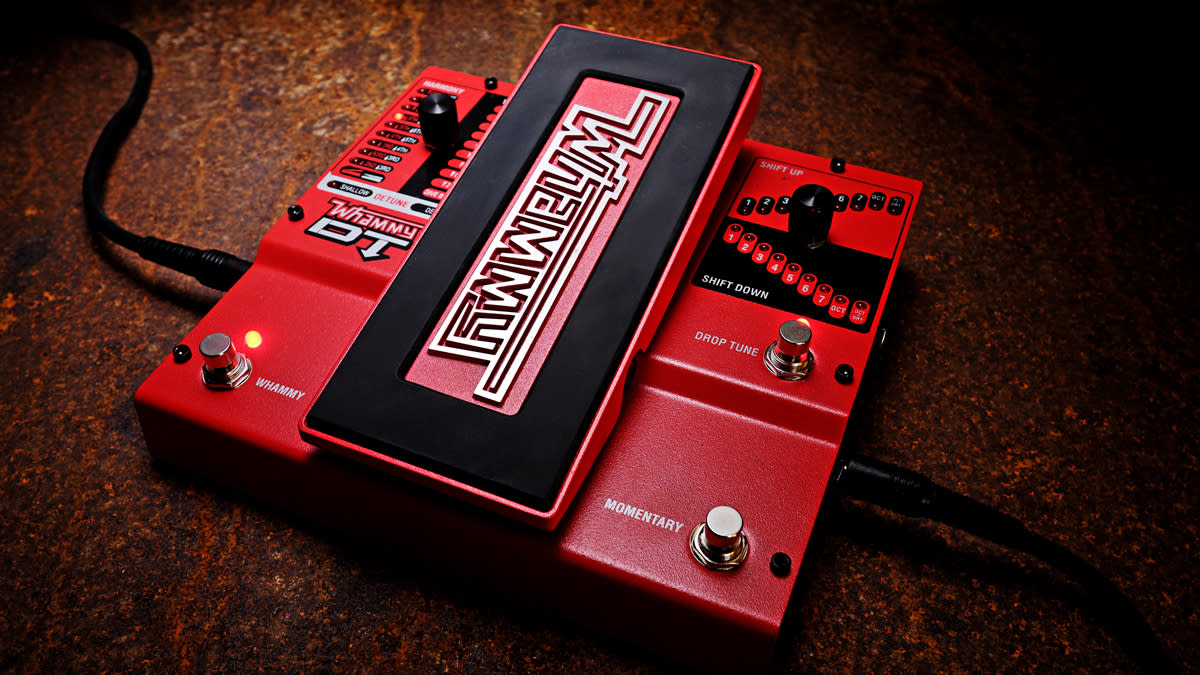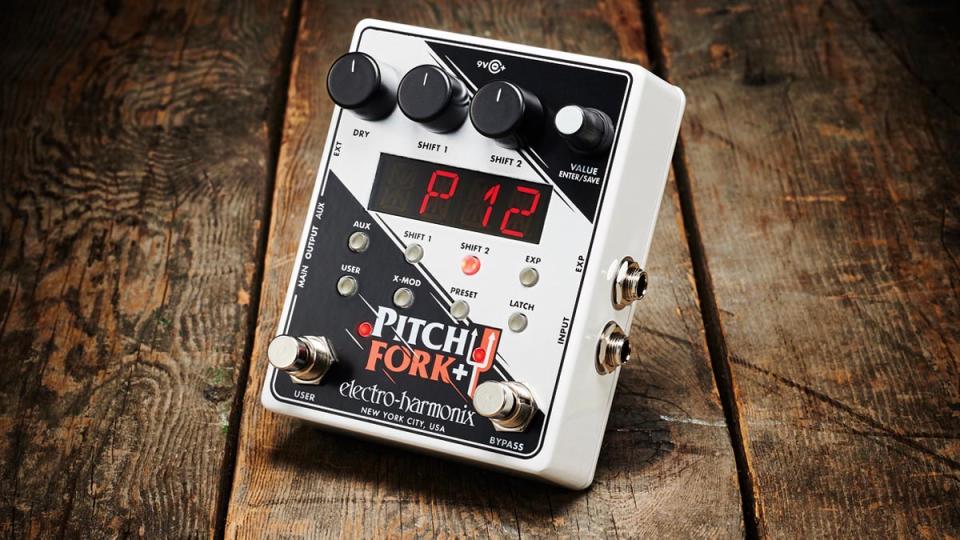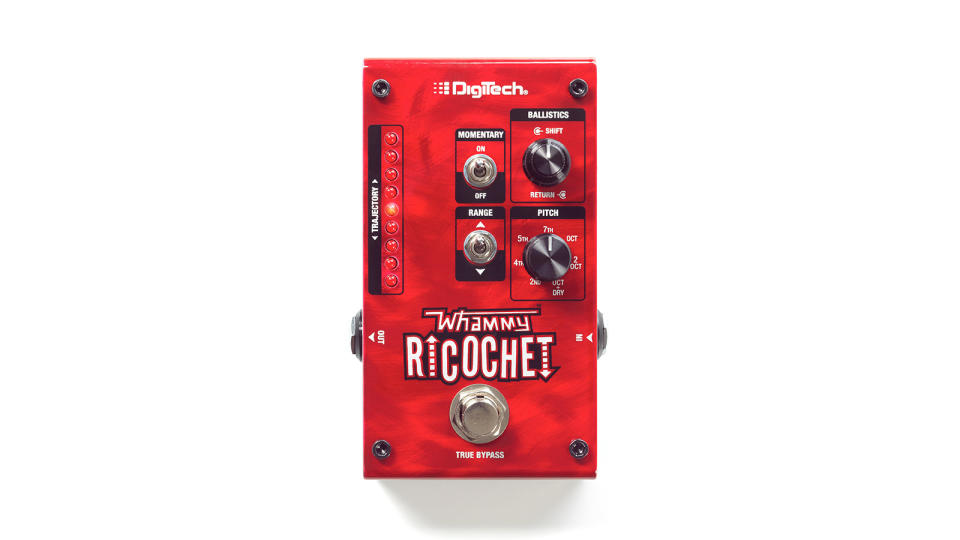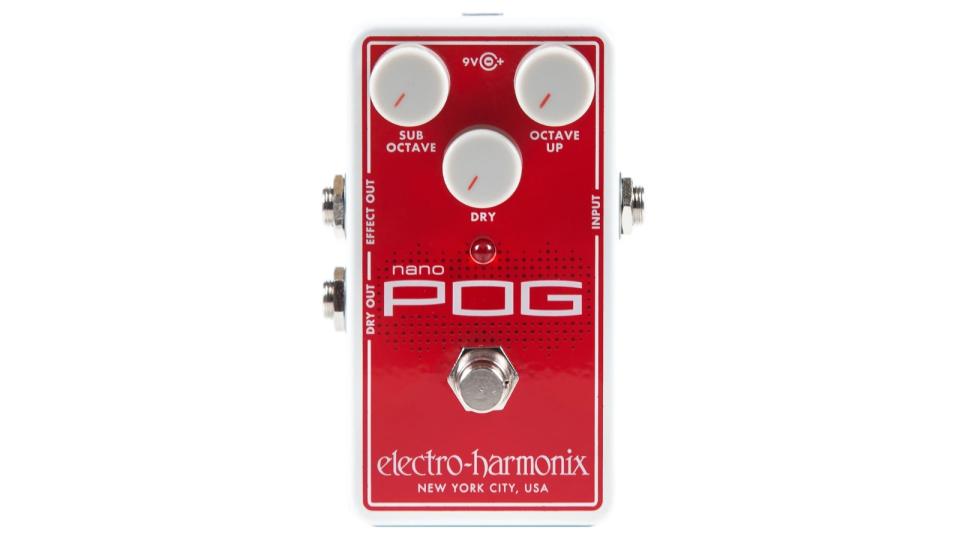11 ways to get more from your pitch-shifter and octave pedals

In this edition of pedalboard tone tips, we turn our attention to the pitch-shifters and octave pedals in our lives.
Oftentimes, these will be deployed for a very specific job, perhaps doubling a lead an octave down, or using the DigiTech Whammy’s treadle-operated pitch-shifting to paint a solo in all shades of Tom Morello.
But they are the type of pedal that invites experimentation, and here we look at 11 ways you can use them for an electric guitar sound less ordinary.
1. Can you reach the pedals you use most?
It’s all very well having the coolest pitch-shifter, pad generator or cloud reverb on the market, but if you can’t hit it cleanly when you need it, it’s not much use. Pitch-shifters, like wah or volume pedals, are usually used dynamically, or triggered using a momentary function. Make sure they’re positioned on your ’board in an easy-to-reach place, so you can write riffs and parts around them with confidence.
2. Play single notes with analog pitch effects
If you’re having trouble with note definition, tracking or heavy artefacts in your sound, then try playing single notes rather than chords. Older generations of digital pitch-shifters and analog octave units are often monophonic (they only process single notes). For some, they will attempt to keep up, generating artefacts along the way, while other units will not work as intended.
3. Stack pitch-shifters for extra artefacts
If clean pitch-shifting isn’t your bag, then you might be in the camp that enjoys jankiness, digital artefacts and grit. You’re in good company, so why not lean into it like glitchcore noise merchants Melt Banana and stack pitch-shifters? Yes, notes lose all definition pretty quickly, but that’s part of the fun.
4. Explore the harmonizer functions

Most pitch-shifters also have a harmonizer, but very few players use them to their fullest. Trying off-kilter intervals like 4ths can add additional flavour to a riff that was 90 per cent there, but lacking that special sauce on top.
5. Whammy scoop and doop

Floyd Rose users know how to use pitch bends to accentuate a note. A scoop involves pre-bending down, and then releasing into the note. A doop means hitting the whammy bar after a note, giving an elastic feel to the interval.
Using a rocker pedal makes these downward pitch bends easy, while a ballistic shifter like the Boss PS-5 or PS-6, or DigiTech’s Whammy Ricochet can make any shift robotically smooth in momentary mode.
6. Bitcrushed chords
Some modern octave and pitch pedals are polyphonic (they process multiple notes at the same time). For this, however, you’ll need a pedal that isn’t. Set up the pedal to shift and then play two-note chords with the unit fully wet. It won’t quite work, but the resulting chords aren’t totally incoherent either. You can hear the glassy strangeness of this in the intro riff to Audioslave’s The Last Remaining Light.
7. Stack pitch-shifters for riff punctuation
If you have two pitch-shifters, you can create new articulation in riffs that sound impossible. For example, set a Whammy to one or two octaves up, while having a second pedal set to an octave down. As an added bonus, this can create artefacts that sound like a phaser pedal, especially if you have a dry signal chain bypassing the shifters.
8. Add a drone note
For those who like the glitchier side of pitch effects, adding a drone note to a riff or phrase is always a good call. Some tunings, like DADGAD, are optimised for drones. Even polyphonic shifters can track in weird and wonderful ways when faced with a persistent drone note. When shifting up, the strange added harmonic content and overtones are often mesmerising when paired with reverb or delay.
9. Play to the strengths of analog octavers
Many players have picked up analogue octave pedals like the Octavia, Green Ringer or EQD Tentacle only to be disappointed. Obviously the first thing to say is that these are not true pitch-shifters like a digital unit. Still, there are some tricks to getting a clearer octave, for example using the neck pickup, and constructing riffs above the 12th fret, or rolling off your tone control. The same suggestion of pickup choice also applies for analog octave-down pedals.
10. Create auto-riffing with a harmonizer
Using either distortion to sustain a note, or a looper or EBow, it’s possible to build whole drone riffs and chords using just a harmoniser. The Whammy has a harmonizer function where the pitch is controlled by a knob, and it’s possible to ‘play’ a riff using this.
As with anything Tom Morello has done on record, it’s hard to unpick his magic tricks. However, the intro and verse riff in Voice of the Voiceless can be replicated using this technique.
11. Use a bass DI with octave-down effects

With two-piece bands becoming more common, you might find yourself using a pitch-shifting pedal or octaver to replace a bassist. In this case, make sure that you’re using a pedal with a split output, like the DigiTech Whammy IV, or Electro-Harmonix Micro/Nano POG. Then, run the wet out to either a dedicated bass amp, or a Bass DI box, and out to the sound desk. Even in smaller venues, this will give you a weightier bottom-end and clarity throughout the frequency range.

